If you have ever visited St. John, you know that spotting our beloved four hoofed friends on the roadside or along the hiking trails is as probable as encountering a turtle at Maho Bay. The hundreds of donkeys on St. John who travel the island in packs of three to five or more can be spotted in the most unexpected of places and are SO friendly and gentle. Even so, approaching the donkeys and feeding them is a big no no and a mistake made at the expense of the health of the animals.
I will never forget the first time a donkey approached my vehicle. My parents, sister and 18-month old niece were visiting in my first year on St. John and we had rented a car for a day of fun and exploration in Coral Bay. At about mile marker five on Centerline road, we spotted a pack of donkeys hovering near the roadside and, as we slowed, they sauntered over to the car. One of them poked his head in the open window just adjacent to my young niece and she screamed bloody murder for the next 20 minutes!
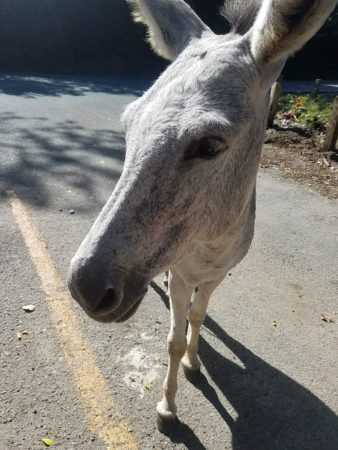
We were all trying so hard not to laugh…but it was difficult given the circumstances. But our laughing made her cry more and at the point she stopped wailing, the long-gone donkeys had made their way into our family stories….She is now six and I tease her about it to this day 🙂
Point being, we have all had these delightful and sometimes ridiculous donkey encounters on St. John. They are as much a part of the island as the beautiful beaches and your favorite bar tenders. I remember the masses asking on about them all over Facebook after Irma hit. They become a staple and an encounter you look forward to on each and every vacation.
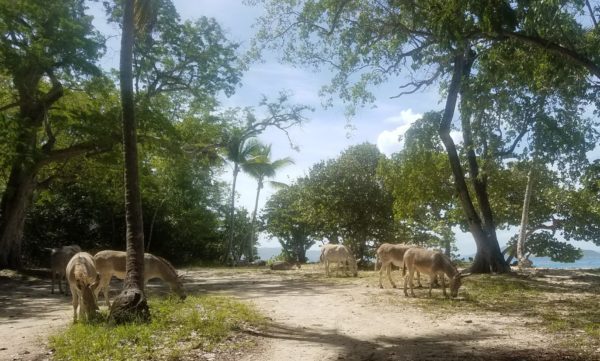
And, the donkeys were all okay after the storms. As far as we could see anyway. Aside from the obvious lack of shelter, they were likely better off than humans were. While we awaited food, drinking water and other supplies to be brought to us from outside sources, the donkeys were just fine. Why? Because their natural instinct is to FORAGE. By evolution, they know how to survive in difficult climates and natural disasters because they have always gotten by on their own.
Do you know what may have been catastrophic for the donkeys of St. John in the post-apocalyptic conditions of late 2017? The lack of foraging know how due to a reliance on humans feeding them.

I bring this up, because more and more over time, in this social media centric world of “all eyes on me,” we see pictures of people petting the donkeys and feeding the donkeys on the road sides of St. John. It’s super cute and super enticing, but it is not good at all for the animals. Especially if they are fed something outside of their natural diet. Yes, donkeys can easily digest most fruits and vegetables, but their staple diet is grasses, hay, straws, desert plants, etc. Feeding them at all is not okay due to the aforementioned need for them to understand how to survive on their own. But feeding them processed food can eventually kill them. 🙁
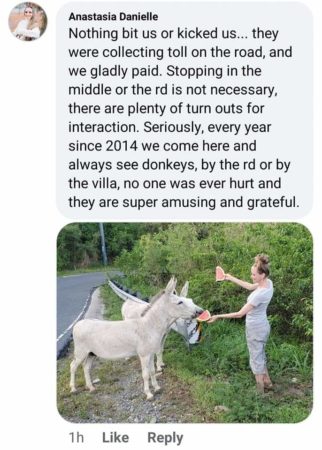
Sudden dietary changes or an abundance of non-natural foods over time can give donkeys the human equivalent of a tumor (sarcoid) or diabetes and many other health problems caused by an increase in sugar intake. Additionally, their reliance on human handouts can inadvertently be the reason they get tangled up with a vehicle.

As cute as my above story is, the donkeys’ comfort level with the roadside and with vehicles can lead to an abrupt ending to their life! Think about it…If they see cars as nothing more than an apple or Dorito dispenser, they are going to be comfortable with approaching said vehicles on the road instead of having a healthy wariness of a motorized machine that, when moving at 20 MPH, could possibly kill them.
So,in a nut shell, please don’t feed the donkeys of St. John. A one time photo op multiplied by 1000 people doing the same thing can lead to the overall detriment of these beautiful and loving creatures that make their way into our family vacation history books. Take the photo from afar and without “dangling the carrot” 🙂
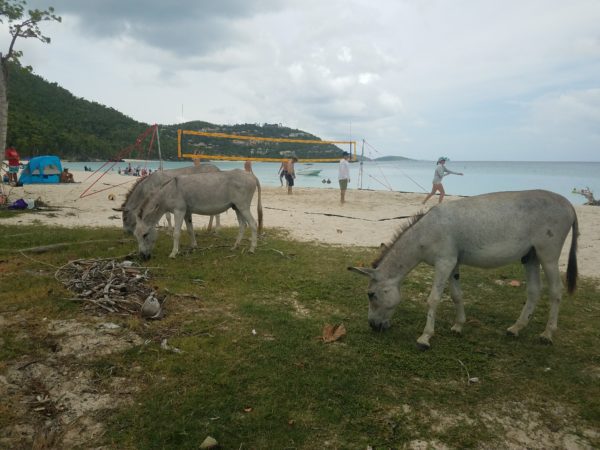
One thing you CAN DO to help the donkeys of St. John is to provide them with water! During drier months it is difficult for them to find fresh water…And assisting with that is totally acceptable. If you have property here, you can place a five gallon bucket with fresh water in it somewhere outdoors and provide a lil oasis for critters of all shapes and sizes. Make sure to put a stick in the bucket so that smaller critters don’t get stuck and drown. And change the water frequently to ensure it is fresh and clean for our furry and feathered friends 🙂


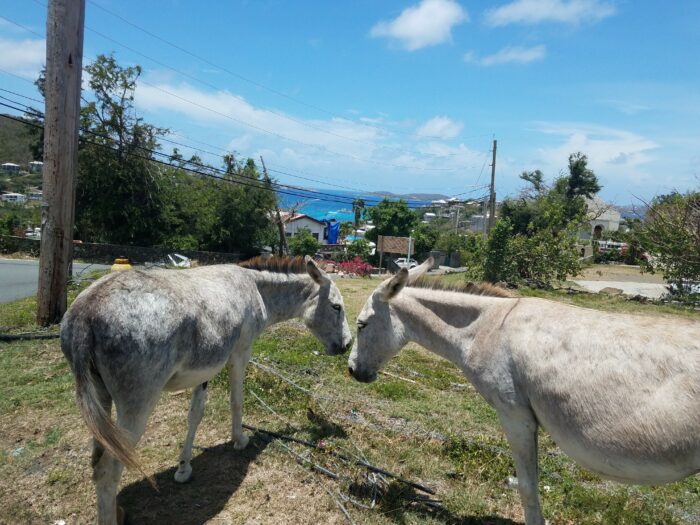


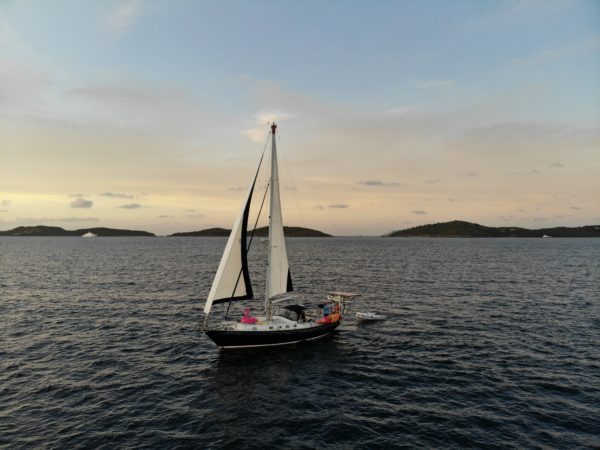

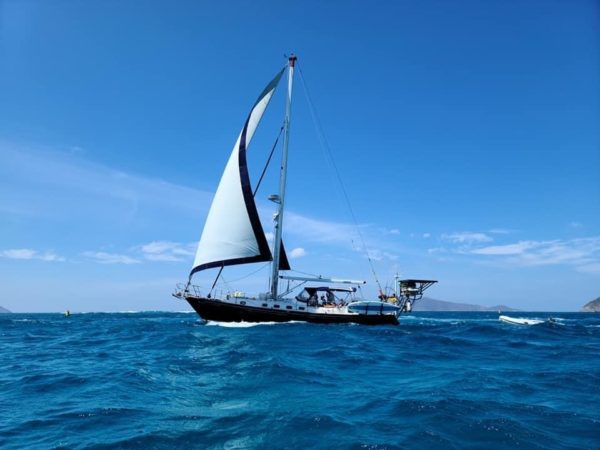
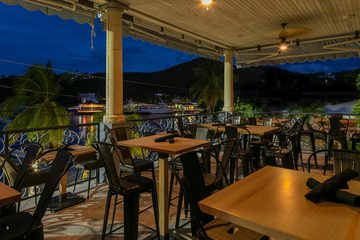
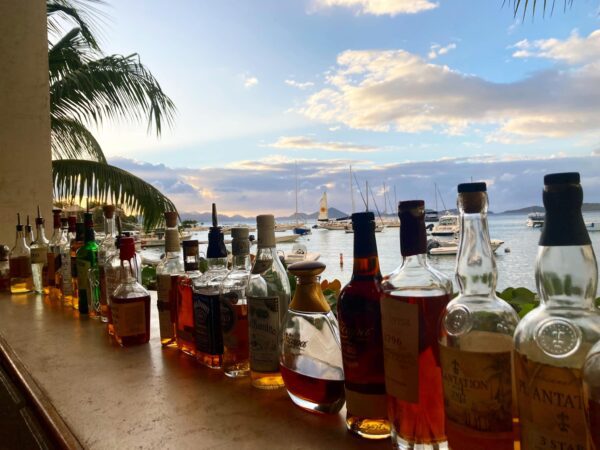
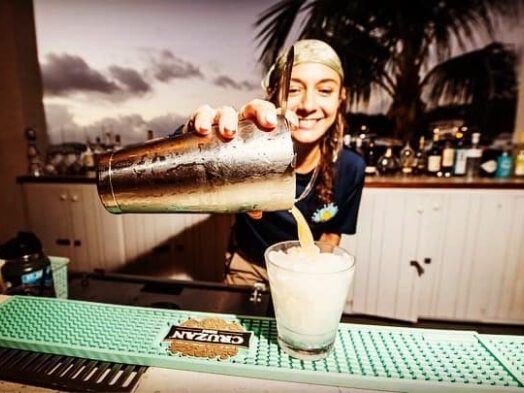
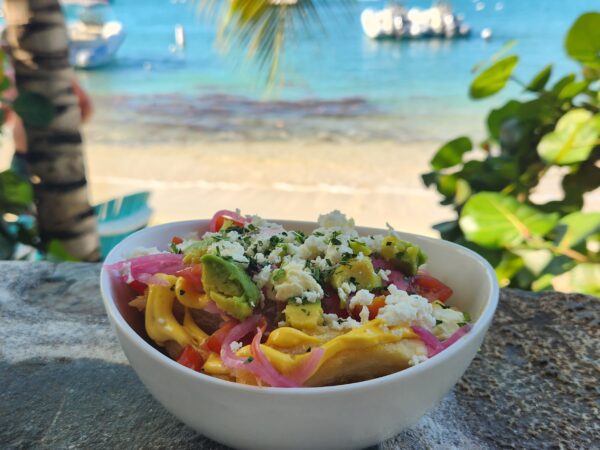



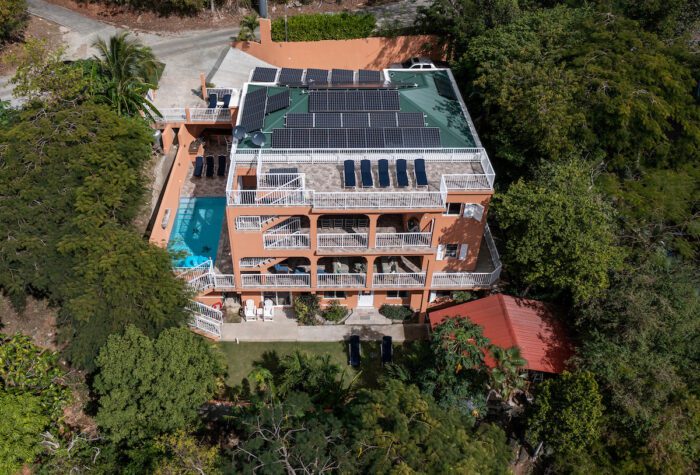









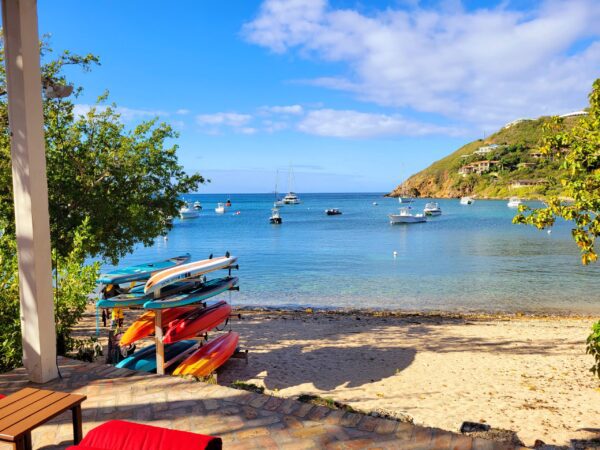

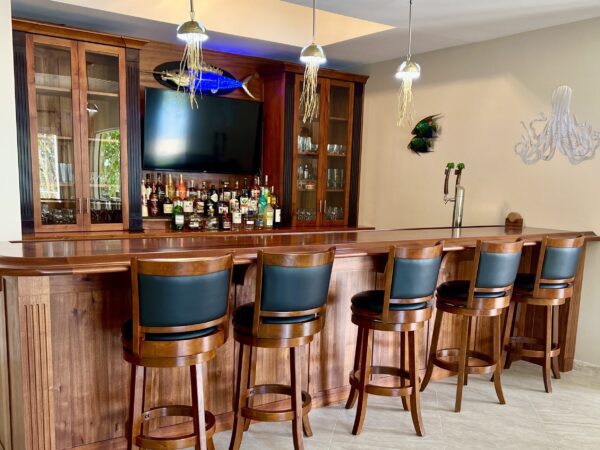
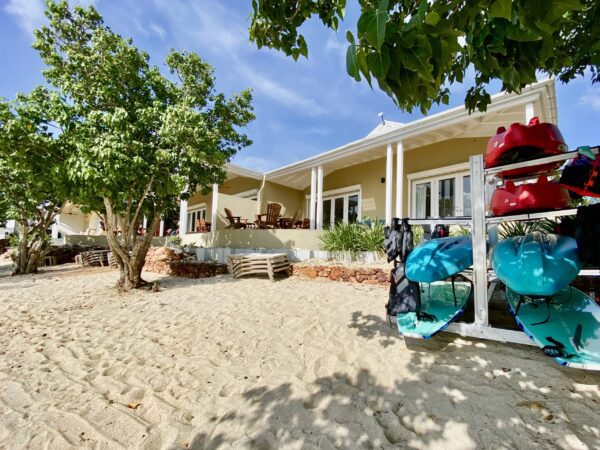
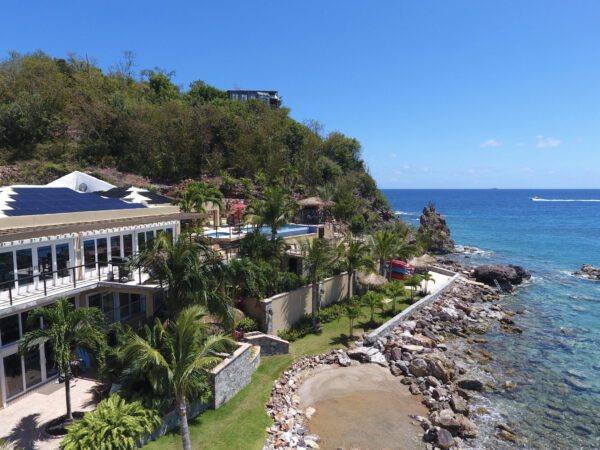
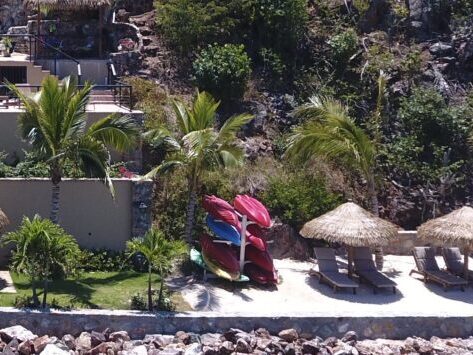







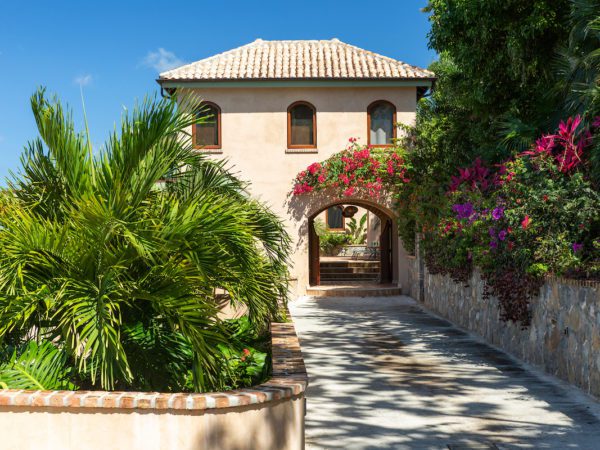


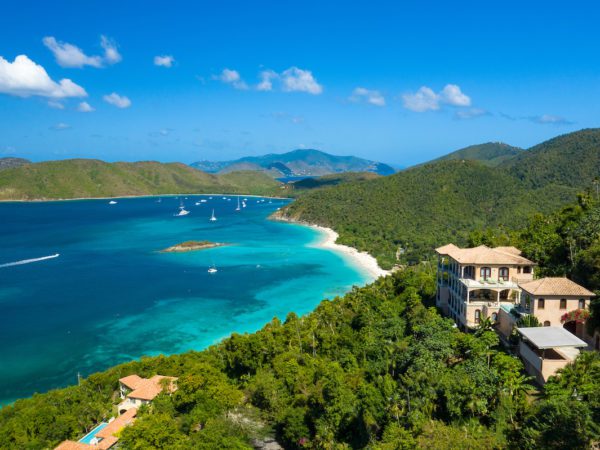

















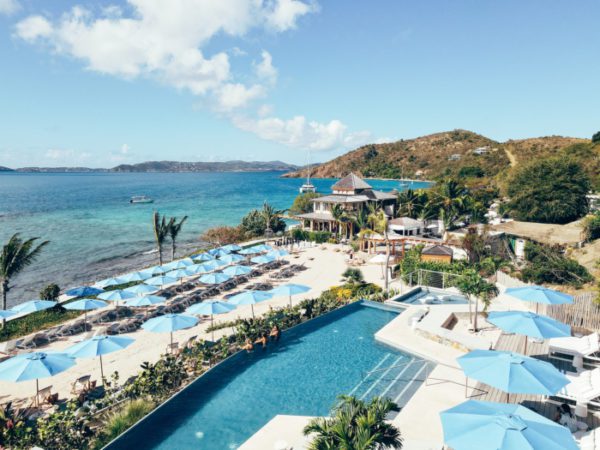



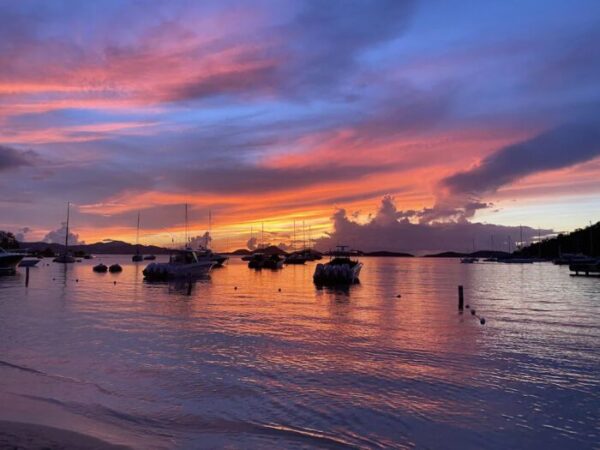





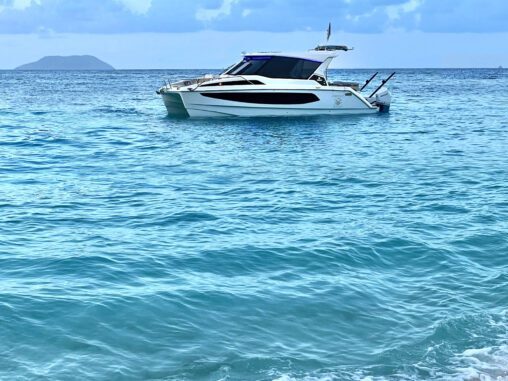



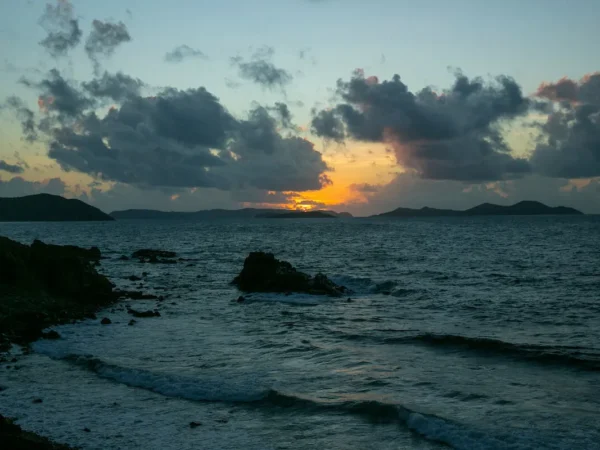






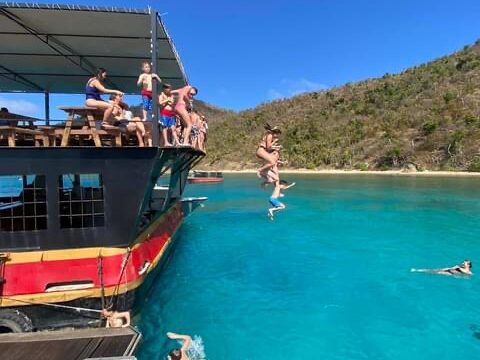

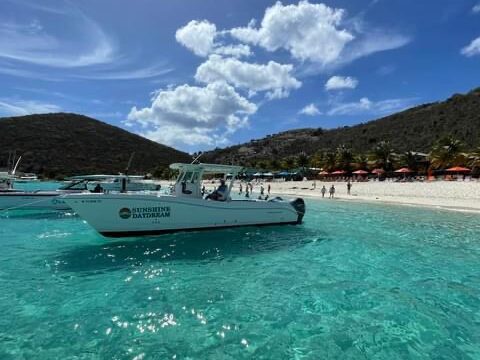
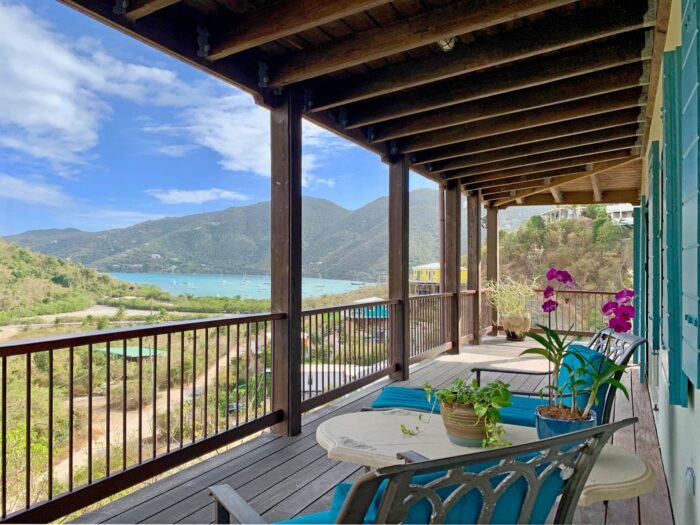




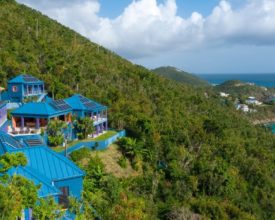


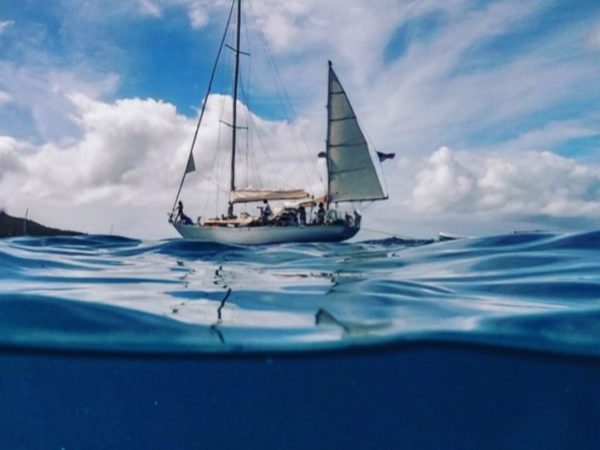
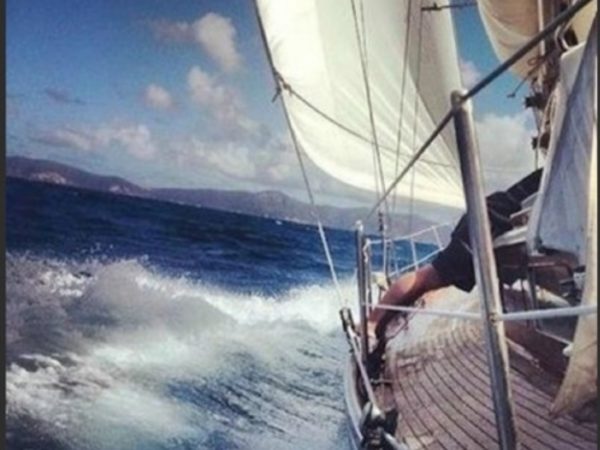


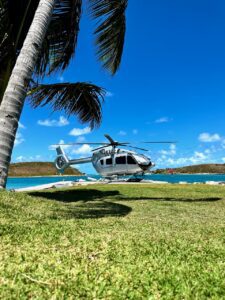



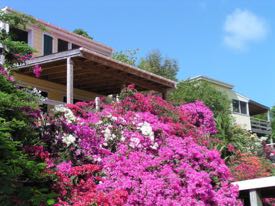



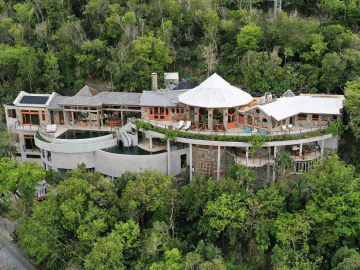







Thank you for making people who read your blog aware of this. The stick trick is a great idea.
I have always wondered where the donkey’s and deer obtain their water?